Sequins and Glitter Lose Their Sparkle: Unexpected Sources of Microplastics
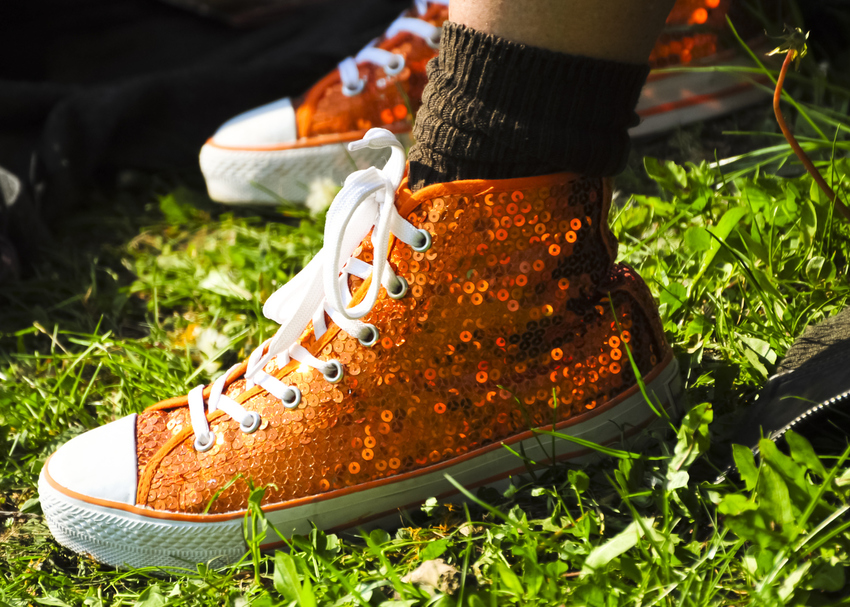
Sequins and glitter are on everything these days and how I wish I could jump on board, as there’s nothing I love more than a little magic and sparkle. However, there is a cost. There is a cost to how these sequinned covered products are made, and also to their lasting impact on the environment. I’m not trying to cast ash on the sparkle, but we also can’t put on our shades and pretend the dark side doesn’t exist. Microplastics are pervasive and are leaching into our environment from unexpected places.
If you’ve been reading this blog for a while or follow me on Instagram, you know that nutrition and food is just one part of my lifestyle and increasingly, it’s almost become the part I think about the least. That’s partially because nutrition habits are ingrained by now, but also because there are so many other factors beyond what I eat that are threatening our health. For the last few years, I have been writing a lot about plastic as it relates to food and drink packaging, yet there are so many other ways plastics and a specific subcategory of plastics called microplastics are invading our environment. Unexpected sources of microplastics are threatening the environment, impacting our health, and their sources may surprise you.
What Are Microplastics?
You’re probably not surprised to hear that bags, water bottles, Tupperware, clingfilm, straws, cups and many more items are made of plastic. Numerous sources of plastics are easy to identify because we can see it and feel it. It’s obvious. Microplastics are a little different. They are small (5mm or less) and wind their way into the environment – primarily our oceans, but also into the soil that grows our food, the water that comes from our faucets and the air we breathe.
Types of Microplastics
- Primary microplastics: these are designed from the get-go to be very small
- Secondary microplastics: plastics that are initially large and then break down into smaller particles as they degrade
- Microfibers: plastics that are woven together to make fabrics often used in sports clothing like yoga pants, and polar fleece, and other textiles
- Microbeads: tiny plastics that are manufactured to have a scrubbing action, like in cleaning products or personal care products
While plastic isn’t a new invention, we are using it more than ever before. Nearly half of all plastics ever produced have been made since the year 2000. Cheap, convenient, light and easy, plastic is considered an essential in many households and this is having some serious long-term consequences.
Nearly half of all plastics ever produced have been made since the year 2000.
Environmental + Health Impact of Microplastics
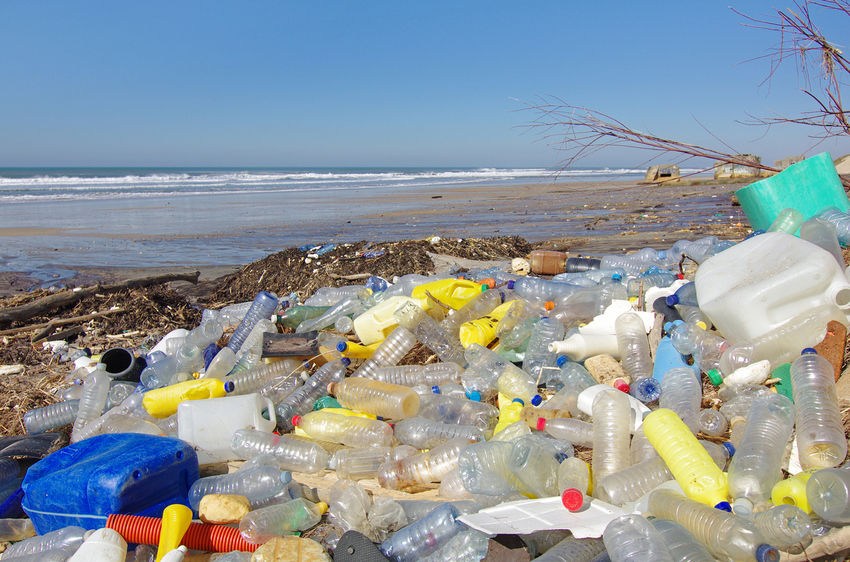
I’ve written before about the impact of plastics on our health – in short, plastics are known disruptors of the endocrine system and seriously mess with our hormones. As microplastics are so incredibly small, they are able to bypass city water treatment filters and end up in our waterways, soil and in marine life.
There are different stats about the number of microplastics in the ocean:
- 9.5 million tons of new plastic is flowing into the ocean yearly
- A study from 2015 states that the amount is 15 to 51 trillion particles, weighing between 93 and 236 thousand metric tons.
The scary part is that this number is “only approximately 1% of global plastic waste estimated to enter the ocean.” One percent. How many tons of microplastics are in the remaining 99 percent?
Threat To Our Oceans
Microplastics in the oceans threaten marine life and biodiversity for a number of reasons. Smaller organisms in the ocean eat microplastics, which swell up in their bellies so they feel full (even though they aren’t actually eating anything nutritious). This leads to malnutrition, kind of similar to the way humans are chronically fed but undernourished due to the massive consumption of nutrient-deficient processed foods and refined sugars. The chemicals in microplastics can cause inflammatory damage and endocrine disruption in animals, and affect their growth and reproduction.
What’s more, microplastics easily absorb other environmental chemicals in our waterways, which can lead to further danger – as we know, there is a food chain in the ocean. The smaller organisms consume microplastics and then are eaten by larger animals, and so microplastics move up the food chain and become more concentrated as they do.
The Food Supply
Then we eat fish and shellfish, usually the larger kinds that have accumulated microplastics and other toxins. But fish and seafood are not the only way we ingest microplastics – they have been found in tap water, sea salt, beer and honey.
What are the common sources of microplastics? They are hiding in places that you wouldn’t expect.
Unexpected sources of microplastics
Sequins and Glitter
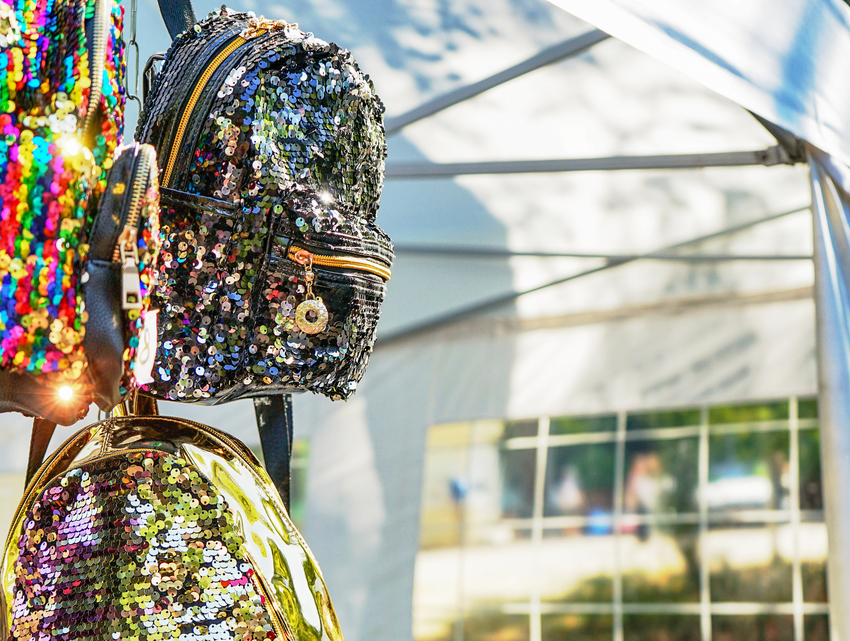
Those reversible sequinned sweatshirts, pillows and backpacks that tweens are loving? They are a microplastic nightmare.
Sequins and glitter are making a huge comeback in the fashion world. Once, sequins were made from metal. Now, sequins and other clothing embellishments like beadwork are plastic. Glitter, used in clothing, makeup and personal care products, is also made of microplastics.
Important Note: Aside from the environmental impact sequinned clothing has on the environment, we know that child slave labour is rampant in the clothing industry. Children are exploited to sew beads and sequins onto clothing.
What To Do About Sequins, Glitter and Beads in Clothing or Makeup
- Don’t purchase sequinned or beaded clothing and accessories.
- Don’t purchase glittery makeup or nail polish.
Clothing, Yoga Wear and Active Wear
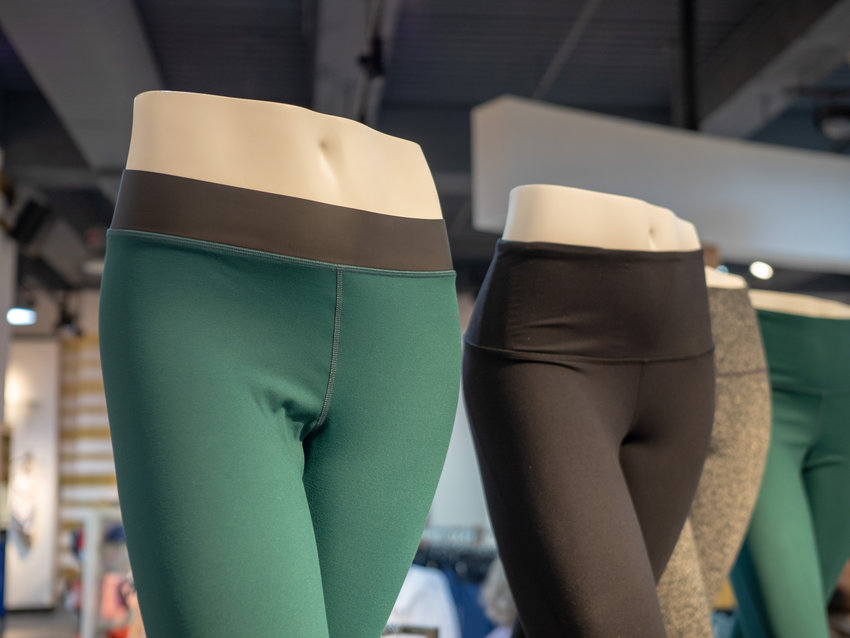
Fast fashion is a big problem and about 60% of these cheap garments are made from plastic fibers such as polyester, nylon and acrylic. When we wash our clothing, microplastics break off and then enter our water system.

Like other types of clothing, yoga pants and other active wear are often made from plastic fibers. Some companies make their activewear out of recycled polyester and recycled water bottles. On the one hand, I appreciate that these companies are trying to re-purpose some of the plastic that already exists on the planet. On the other hand, microplastic fibers from this clothing still breaks off during washing and ends up in the ocean.
What To Do About Microplastics in Clothing
- Buy less clothing
- Purchase high-quality garments made from sustainable fabrics
- Become a vintage shopping pro – I go into depth about this in my Guide to Vintage Shopping
- Wash your clothes less frequently – obviously wash them if they are dirty, but some garments don’t need to be washed after every wear (for example an experiment on jeans found that the amount of bacteria after 15 months of wear was the same as after two weeks, and the levels were not harmful)
- Purchase yoga clothing and athletic wear from sustainable brands. Look for organic cotton, hemp, linen or bamboo.
- Buy a laundry bag that collects microfibers. You will still be throwing them out, but at least you reduce the amount going into the ocean.
- Purchase a washing machine filter to collect microfibers
- Wash clothes using a cold wash instead of warm or hot
Personal Care Products
Many personal care products such as body wash, soaps, scrubs and gels contain microbeads for exfoliation. These are then washed down the drain and into the water system. Countries around the world are beginning to ban microbeads in personal care products and cosmetics, which is fantastic news.

What to Do About Microbeads in Personal Care Products
- Purchase natural personal care products or make your own
- Use fewer personal care products and buy ones that are multi-purpose (for example, we use castile soap in multiple ways in our household)
- Dispose of older products with microbeads responsibly: do not flush down the drain – return the product to the manufacturer
Outdoor Furniture
This includes plastic furniture, but also outdoor mats and rugs, utensils and serving ware, outdoor toys and pool toys. Even the eco-friendly products can produce microplastics – for example, we recently had to toss our eco-friendly outdoor mat because it was shedding plastic all over the yard.
What To Do About Microplastics in Outdoor Products
- Purchase wood or other non-plastic items for decorating your balcony or yard
- Plastics can be hard to avoid outdoors, so if you do have some plastic items cover them up to increase their lifespan and reduce breakdown
Cosmetics
Cosmetics contain microplastics and microbeads that are washed down the drain when cosmetic users wash their faces or take a shower. I can only imagine how magnified this would be given how many different makeup products are often used at once. While the ban on microplastics in cosmetics is a huge help, it’s not in place everywhere and some people still use old makeup.
In 2018, the EU initiated a ban on microplastics in cosmetic products. Of course, the cosmetic industry followed suit with a ‘study’ showing that microplastics are not harmful to the environment. You can’t make this stuff up!
What To Do About Microplastics in Cosmetics
- Choose sustainable makeup brands
- This guide is helpful in determining which common cosmetic ingredients are actually microplastics
- Embrace natural beauty more often
Keeping Your Air and Drinking Water Clean
The above sources of microplastic can be avoided once you decide to do so. But what about the microplastics that end up in the air and in the dust where we may inhale or ingest them.
What To Do About Microplastics in your Air and Water?
- Purchase an air filter for your home
- Buy charcoal bags and air filtering plants
- Open the windows to let any indoor microplastics out
- Clean and dust your home regularly using non-toxic cleaners
- Eliminate plastic bottled water
- Get a water filtration system
The Bottom Line
It’s easy to place the blame on large corporations or government regulators, but the bottom line is it’s our demand as consumers that is leading the production of plastics and microplastics. We want fast, cheap and convenient in everything we buy, from food storage to clothing to furniture to accessories and everything in between. If we are going to reduce the production of microplastics and their subsequent flow into the environment, we are the ones who have to change our behaviour. Most microplastics would be greatly reduced if we simply bought and used less stuff.
We are all doing the best that we can with the resources that are available to us. Lifestyle choices are not always easy. The first step is always awareness. Once we start paying attention to what we’re using, consuming and buying, we can then start to consider the alternative options. While governments around the world continue to make efforts to reduce or eliminate allowable sources of single-use plastics, as consumers, we can make that decision today.
We can’t continue to stick our heads in the sand and hope for the best. Action must be taken, however big or small, to preserve our environment. We simply can’t continue for the next fifty years as we have for the past fifty. Though it may sound dramatic to say, our survival as a healthy species depends on it.
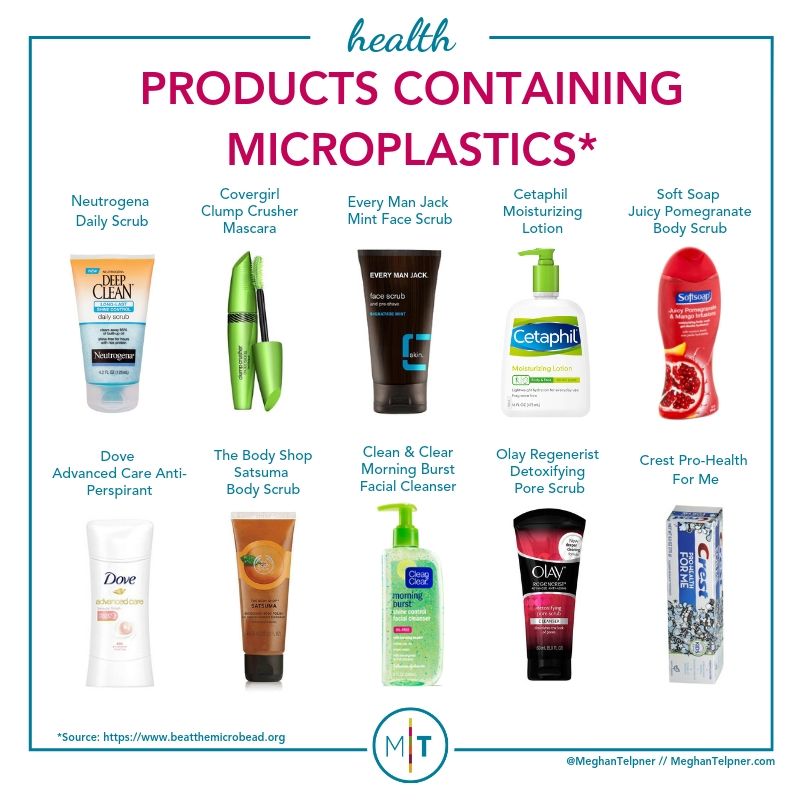
Free Resource Library
Enjoy more than 40 downloadable guides, recipes, and resources.















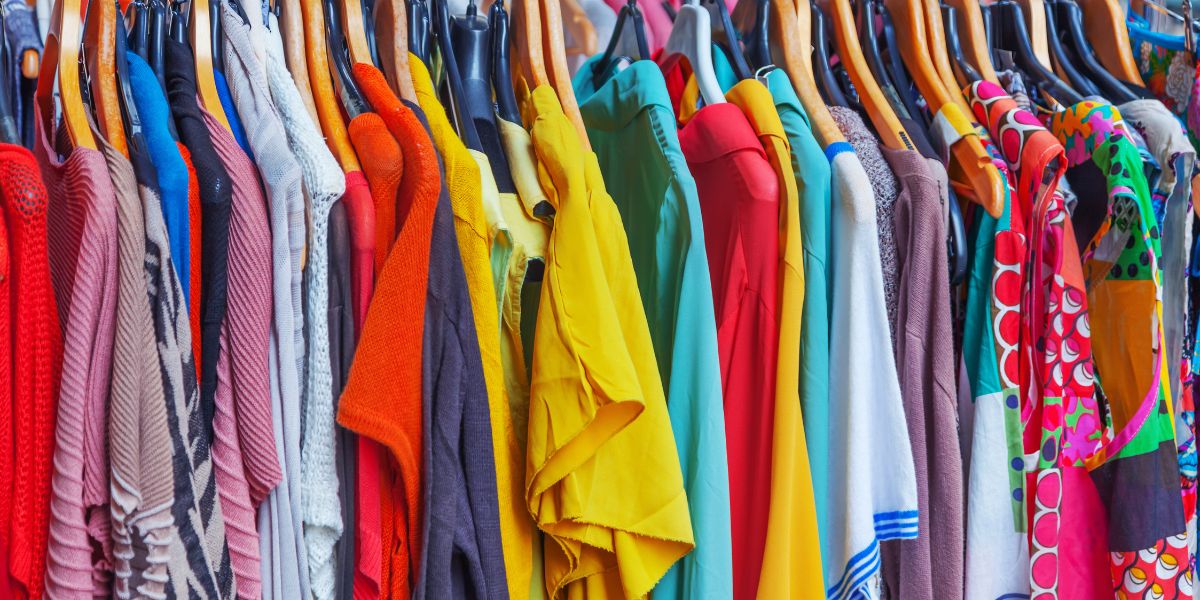
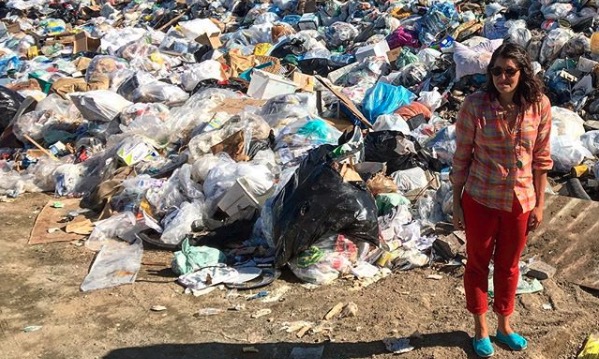

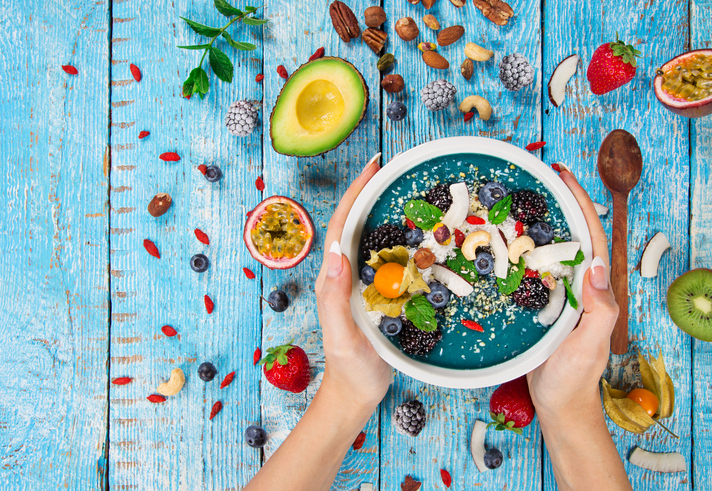
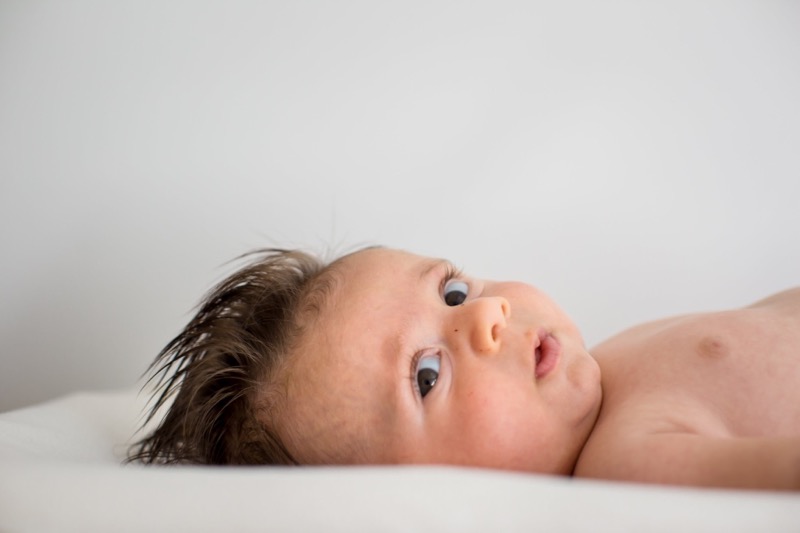
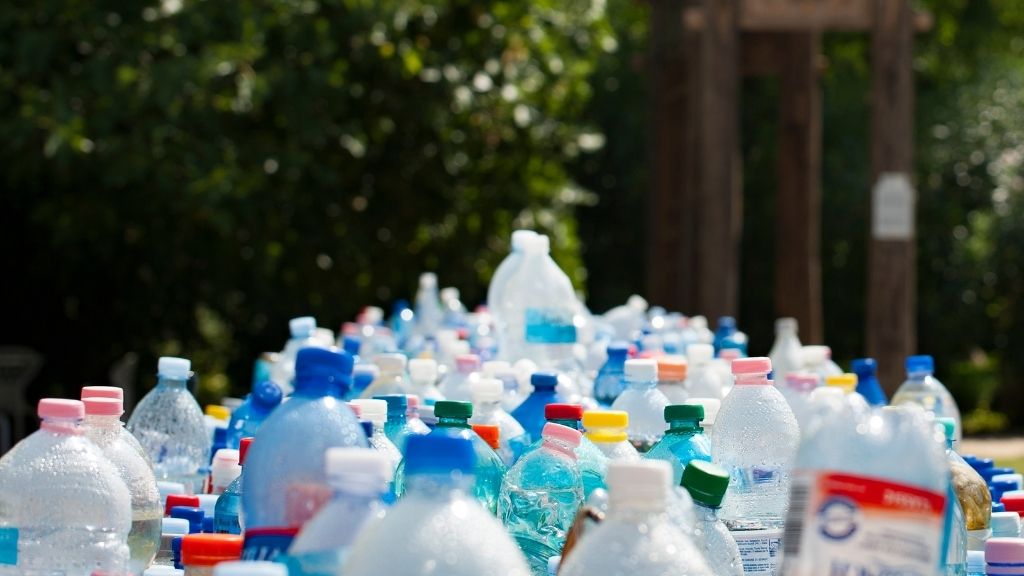
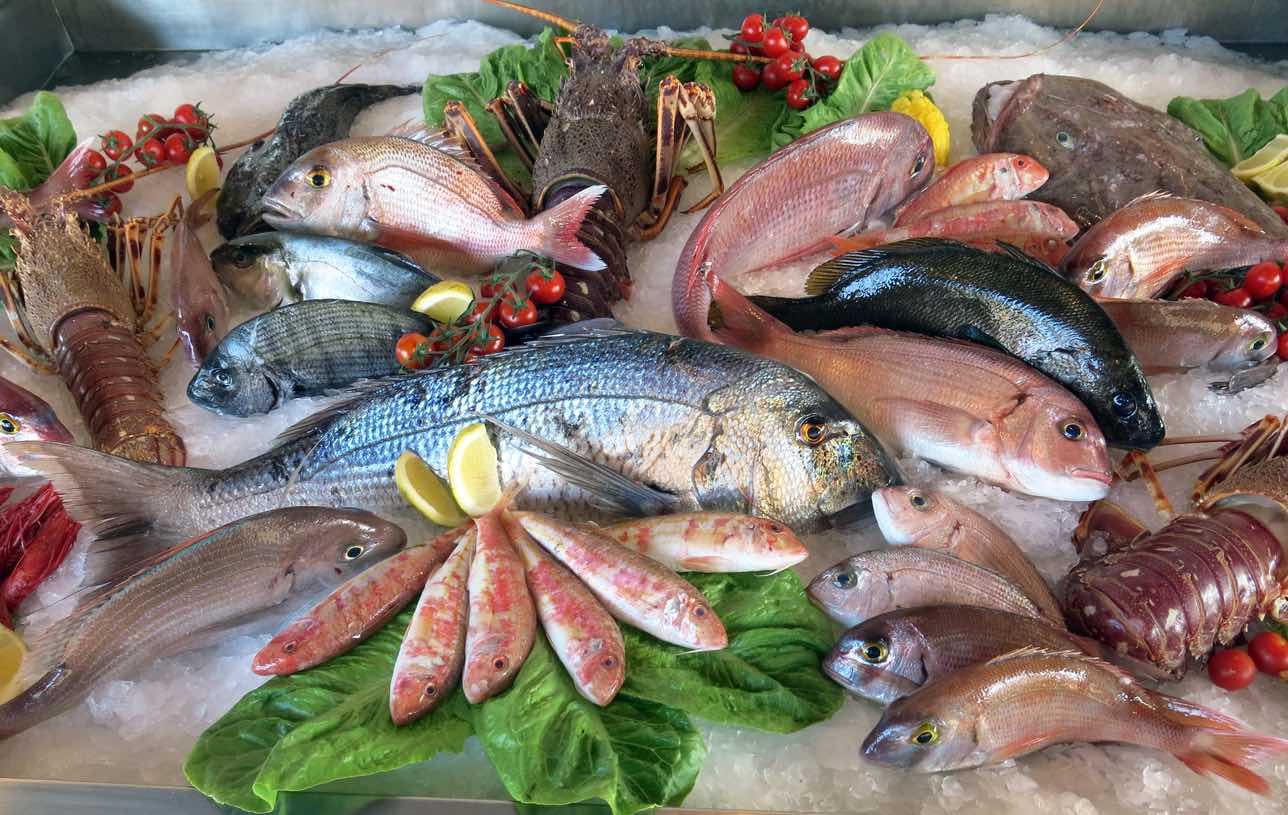
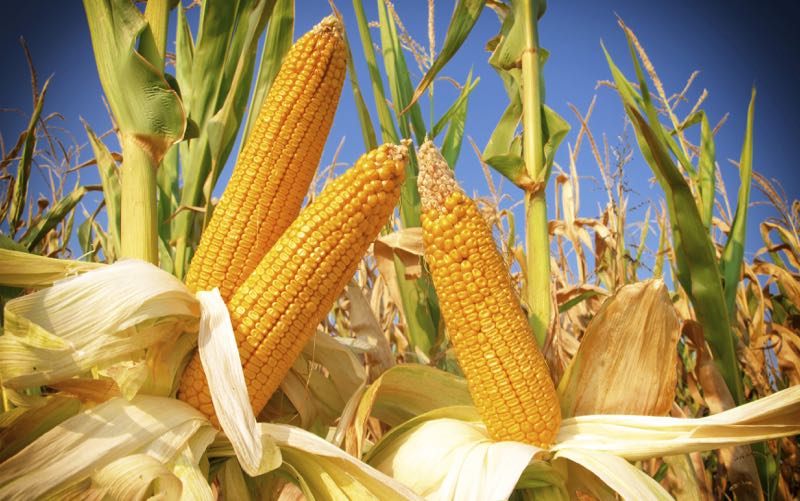

Just heard that you can clean your mascara brushes and send them off to a place where they use the brushes to clean baby chics. Wands first wildlife is one that I found. Love hearing about such things!